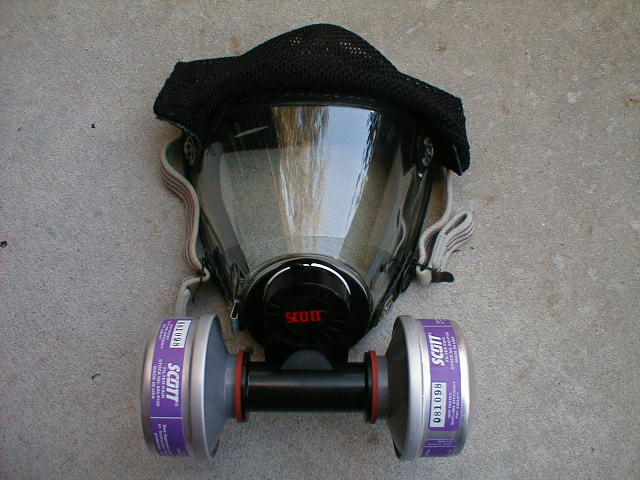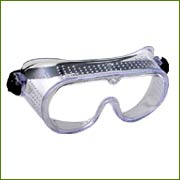ВУЗ: Не указан
Категория: Не указан
Дисциплина: Не указана
Добавлен: 04.02.2024
Просмотров: 20
Скачиваний: 1
ВНИМАНИЕ! Если данный файл нарушает Ваши авторские права, то обязательно сообщите нам.
 МИНИСТЕРСТВО НАУКИ И ВЫСШЕГО ОБРАЗОВАНИЯ РОССИЙСКОЙ ФЕДЕРАЦИИ
МИНИСТЕРСТВО НАУКИ И ВЫСШЕГО ОБРАЗОВАНИЯ РОССИЙСКОЙ ФЕДЕРАЦИИфедеральное государственное бюджетное образовательное учреждение высшего образования
«Тольяттинский государственный университет»
Гуманитарано-педагогический институт
| (наименование института полностью) |
| «Педагогика и психология» |
| (Наименование учебного структурного подразделения) |
| 44.03.03 Специальное (дефектологическое) образование |
| (код и наименование направления подготовки / специальности) |
| Профиль "Дошкольная дефектология" |
| (направленность (профиль) / специализация) |
Практическое задание № 1
-
по учебному курсу «Английский язык в сфере профессиональной коммуникации 2»
Вариант ____ (при наличии)
| Обучающегося | Черкашина Виктория Владимировна | |
| | (И.О. Фамилия) | |
| Группа | ДФОбд-1901г | |
| | | |
| Преподаватель | Сидоркина Наталья Владимировна | |
| | (И.О. Фамилия) | |
Тольятти 2023
UNIT 5 SAFETY AT WORK
Assignment 1
Read the text “Chemistry Laboratory Safety Rules” and choose an appropriate heading for each passage.
Chemistry Laboratory Safety Rules
Some rules are NOT made to be broken. That is true of
Read these and follow the recommendations for safe use and disposal of the material.
| 1 | B |
You say, "But it's only water." Even if it is, how clean do you think that glassware really is? Using disposable pipettes? I know lots of people who rinse them and put them back! Learn to use the pipette bulb or automated pipetter. Don't pipette by mouth at home either. Gasoline and kerosene should be obvious, but people get hospitalized or die every year, right? I know someone who used his mouth to start the suction on a waterbed to drain it. Do you know what they put in some waterbed additives? Carbon-14. Mmmm...radiation. He couldn't retch fast enough! The lesson is that even seemingly harmless substances may be dangerous!
| 2 | D |
A Material Safety Data Sheet (MSDS) should be available for every chemical you use in lab.
| 3 | F |
No sandals, no clothes you love more than life, no contact lenses, and long pants are preferable to shorts or short skirts. Tie long hair back. Wear safety goggles and a lab coat. Even if you aren't clumsy, someone else in the lab probably is. If you take even a few chemistry courses you will probably see people set themselves on fire, spill acid on themselves, others, or notes, splash themselves in the eye, etc. Don't be the bad example to others, remembered for all time for something stupid!
| 4 | H |
And know how to use it! Given that some people (possibly you) will need them, know the locations of the fire blanket, extinguishers, eyewash, and shower. Ask for demonstrations! If the eyewash hasn't been used in a while the discoloration of the water is usually sufficient to inspire use of safety glasses.
| 5 | E |
For many chemicals, if you can smell them then you are exposing yourself to a dose that can harm you! If the safety information says that a chemical should only be used inside a fume hood, then don't use it anywhere else. This isn't cooking class - don't taste your experiments!
| 6 | С |
Some chemicals can be washed down the drain, while others require a different method of disposal. If a chemical can go in the sink, be sure to wash it away rather than risk an unexpected reaction between chemical 'leftovers' later.
| 7 | G |
It's tempting, but oh so dangerous... just don't do it!
| 8 | A |
Don't haphazardly mix chemicals! Pay attention to the order in which chemicals are to be added to each other and do not deviate from the instructions. Even chemicals that mix to produce seemingly safe products should be handled carefully. For example, hydrochloric acid and sodium hydroxide will give you salt water, but the reaction could break your glassware or splash the reactants onto you if you aren't careful!
| 9 | I |
Not after lab, on the assumption that it will be neater. Put data directly in your lab book rather than transcribing from another source (e.g., notebook or lab partner). There are lots of reasons for this, but the practical one is that it is much harder for the data to get lost in your lab book. For some experiments, it may be helpful to take data before lab. No, I'm not telling you to dry-lab or cheat, but being able to project likely data will help you catch bad lab procedure before you are three hours or so into a project. Know what to expect. You should always read the experiment in advance.
(http://chemistry.about.com/od/healthsafety/a/aa080104a.htm)
A Don't Taste or Sniff Chemicals
B Do Not Pipette By Mouth - Never
C Don't Casually Dispose of Chemicals Down the Drain
D Read the Chemical Safety Information
E Don't Eat or Drink in Lab
F Dress Appropriately (for chemistry lab, not fashion or the weather)
G Don't Play Mad Scientist
H Identify the Safety Equipment
I Take Data During Lab
Assignment 2
Match safety equipment with those in pictures.
1 respiratory mask_____C____ 6 gloves ______G___
2 face mask/gas mask ____E_____ 7 goggles __F_______
3 lab coat ____H_____ 8 ear defenders ___D______
4 hard hat ______A___ 9 chemical containers B
5 safety sign ____I_____
| A  | B  | C  |
| D  | E  |  F |
| G  |  H | I  |
Assignment 3
Fill in the gaps with the words or word combinations given below.
flammable, radiation, No Open Flames, combustible, nonpotable, chemical containers, corrosive, toxic, biohazard, electricity, functional, explosive
1) _____ toxic ______ materials are usually strong acids or bases. They represent a hazard to your skin, and often to mucous membranes through inhalation of vapors. Pay attention to the proper storage container for these materials. In addition, these materials are reactive.
2) ___ flammable _______ materials are those which can catch fire readily.
3) This is the symbol for ___ combustible________ or poisonous materials.
4) This symbol indicates a _____ explosive ______ hazard.
5) This is the symbol for a _____, biohazard ______, or a material which represents a threat to cellular materials or living organisms.
6) If you see a ___ No Open Flames ________ sign, this usually implies there is a flammable or combustible material nearby.
7) This sign warns of live _____ electricity _______.
8) This sign warns of _____ corrosive_______ materials.
9) The Fire Extinguisher sign should mark the position of a ____ functional________ fire extinguisher.
10) The ____ nonpotable _________ water sign lets you know the water is not approved for drinking.
11) This symbol accompanies ____chemical containers ________ materials.
12) The hazard label is found on ____ radiation________. It indicates health hazard, flammability, and other cautions associated with the chemical.
Assignment 4
Match the words from the box with the words below to make right word combinations. Use each word only once.
| blanket, assistant, coat, sign, extinguisher, rules, supervisor, fumes, equipment, materials |
1 lab a) __ assistant _______ 2 fire d) _ _ extinguisher ______
b) ___ coat ______ e) ____ _ materials ____
c) ____ supervisor _____
3 safety f) _____ blanket ____ 4 toxic i) _____ sign ____
g) ____ rules ______ j) ____ fumes _____
h) ____ equipment ______
Assignment 5
Find the synonyms in column B for the words in column A.
| A | B |
| 1 combustible 2 poisonous 3 danger 4 sign 5 drinking | a) symbol/label b) oxidizing c) potable d) toxic e) hazard |
-
B -
D -
E -
A -
C